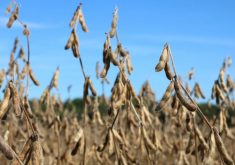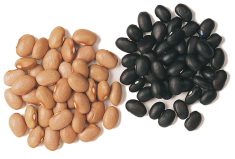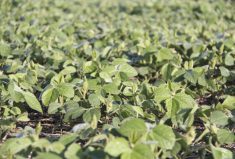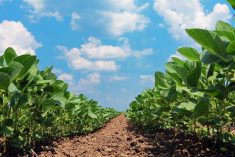A Manitoba soybean grower sees huge opportunity for Canadian food-grade soybeans after taking part in a trade mission to the Indo-Pacific.
“We’re the ones that can have the quality they’re looking for,” said Melvin Rattai.
He is chair of the Manitoba Pulse and Soybean Growers and a farmer near Beausejour, and took part in a Soy Canada trade mission to Japan and Thailand in early February.
Read Also
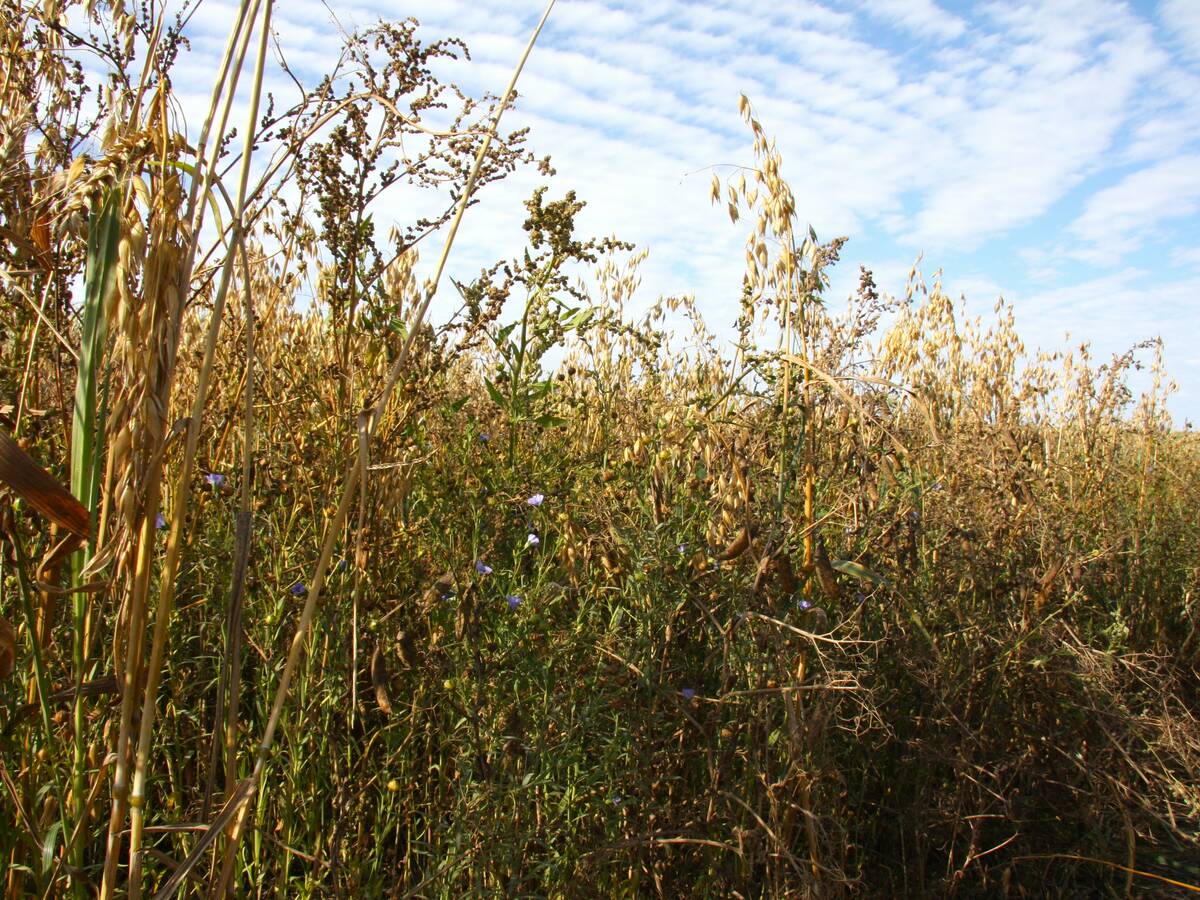
PepsiCo nearly doubles regenerative scope
Another 240,000 farm acres managed through regenerative agriculture will be supported by PepsiCo across Manitoba and Saskatchewan by the end of 2025.
This was Soy Canada’s first trade mission to Thailand, “a country that is quickly emerging as a large market for Canadian soybeans,” the industry group said in a Feb. 14 news release.
Soy Canada hosted seminars in both countries. Rattai said Canadian delegates also toured soy processing facilities in the region, including one that made soy milk, chocolate milk and yogurt.
In conversations with soybean buyers in both countries, Rattai said he fielded questions about the fertilizers and chemicals he uses when growing food-grade soybeans. People also wanted to know how his beans were tracked from the farm and through the value chain.
Buyers are very concerned with quality, he added. They want specific tastes, colours and protein attributes in the beans.
Soy food facilities were smaller than he expected. Rattai said he observed soybeans stored in totes in air conditioned warehouses, not in grain bins. Factories buy small volumes at a time from brokers.
In a Soy Canada webinar March 26, Rattai said this small storage capacity overseas translates to more storage on his end. Volumes coming off his field are stored and then flow out in a trickle, according to buyer need. He can expect bins to be tied up with food-grade soybeans for up to eight months.
This, along with a need to avoid contamination of non-GMO, food-grade beans, can make them a hassle to grow, he noted, but buyers will pay a premium for them.
Canada doesn’t grow enough food-grade soybeans now to satisfy Indo-Pacific markets, Rattai said. Those markets buy all the Canadian soy they can, then fill the rest of their needs with U.S. beans. Factories are looking for a stable supply.
“We have to grow our supply through the next decade here in Canada and Manitoba … If we can grow that supply, we’ll get more market share.”
Non-GMO, food-grade soybeans have only recently become a viable crop in Manitoba, Rattai said. Crop breeding advances have closed the yield gap between those and GMO soybeans and allowed the crop to fit into Manitoba’s short growing season.
Members of Manitoba Pulse and Soybean Growers are expected to host further trials of such soybeans this year.
The Indo-Pacific region is young and dynamic, said Maxime Dupuis, an account manager with Ceresco and soy promoter in the Indo-Pacific.
Dupuis, who spoke during the Soy Canada webinar, said many countries in that region have young populations and fast-growing economies. Soy consumption there should continue to grow.
“You have a young population and consumers that have a bit more money and (who) will have disposable income to have the higher quality products, which, you could probably refer to Canadian soybeans as being one of them,” Dupuis said.
Being ahead of the curve on sustainability will be a good opportunity in the future, he added. Younger people have consumer priorities around the environment, and have become more aware of where their food comes from and how it’s grown.
The Canadian government has also put its focus on trade development in the Indo-Pacific. This could mean greater support for exporters to the region, Dupuis said.
In late February, Agriculture and Agri-Food Canada opened an office in Manila, Philippines as a base from which to diversify trade in the region.





